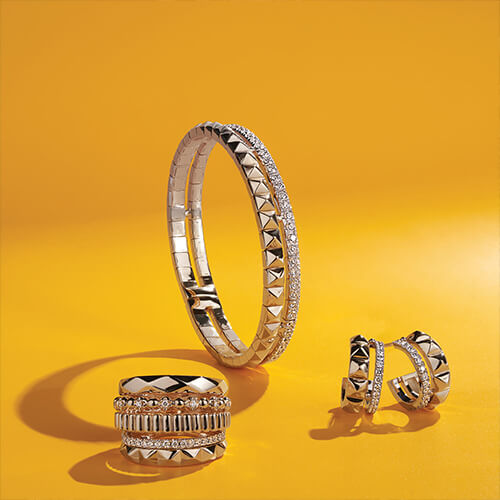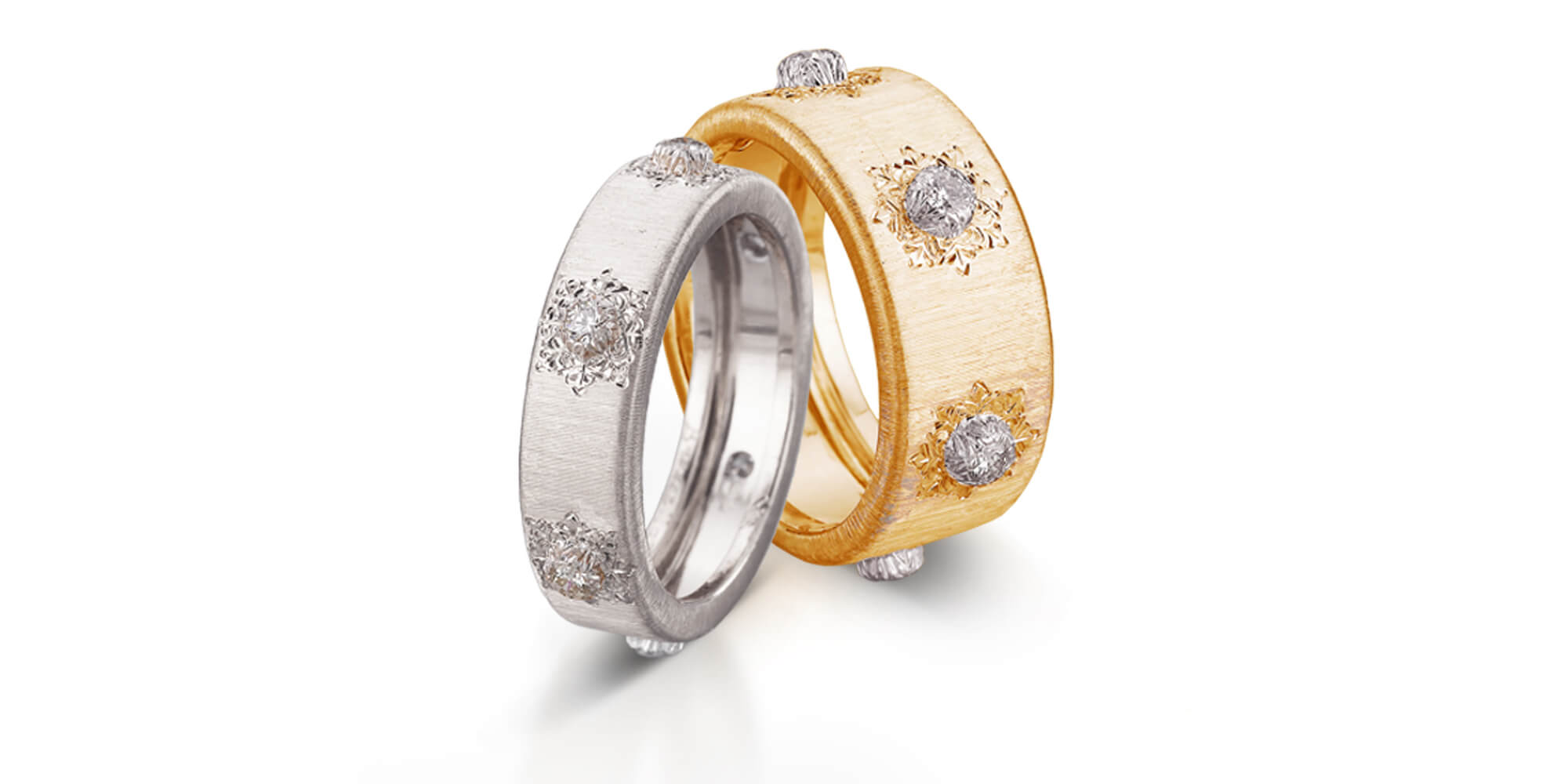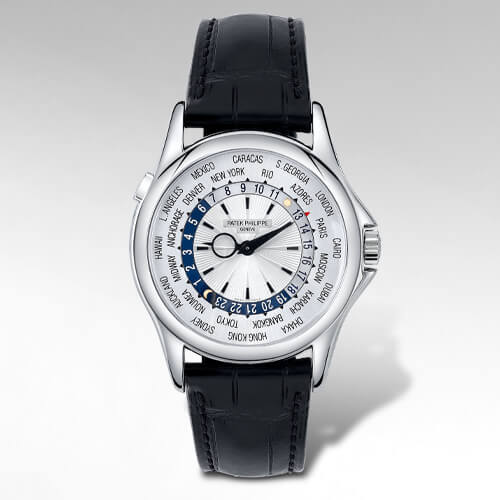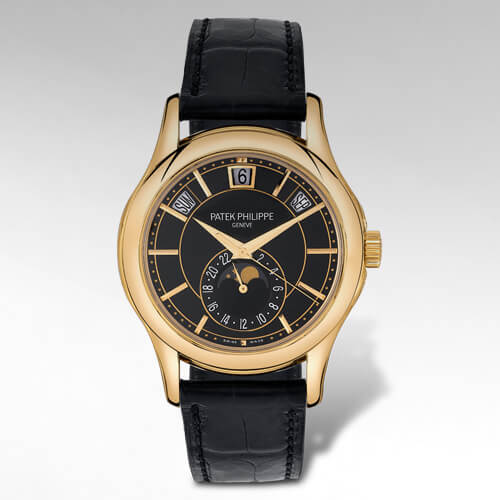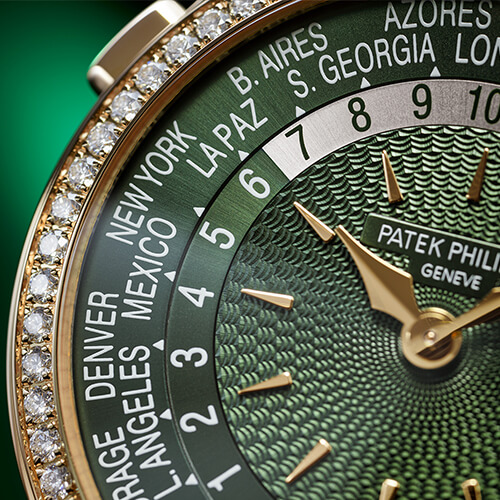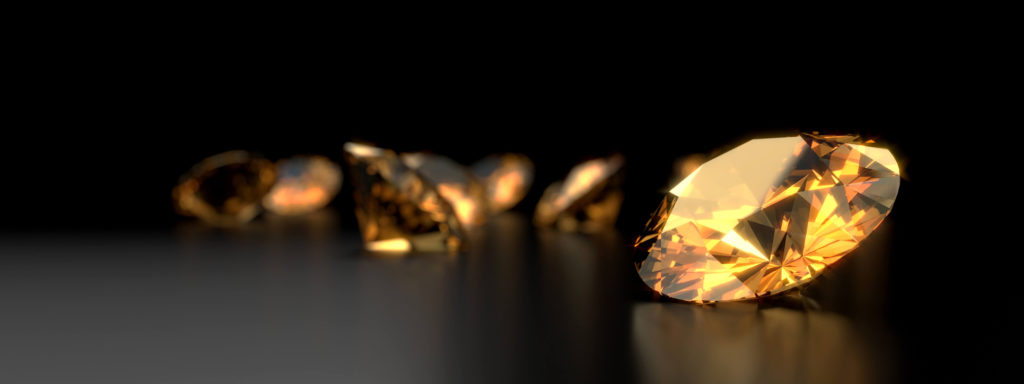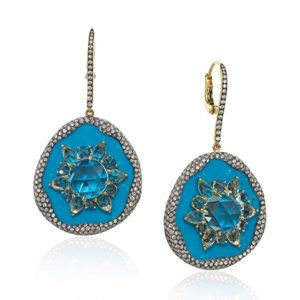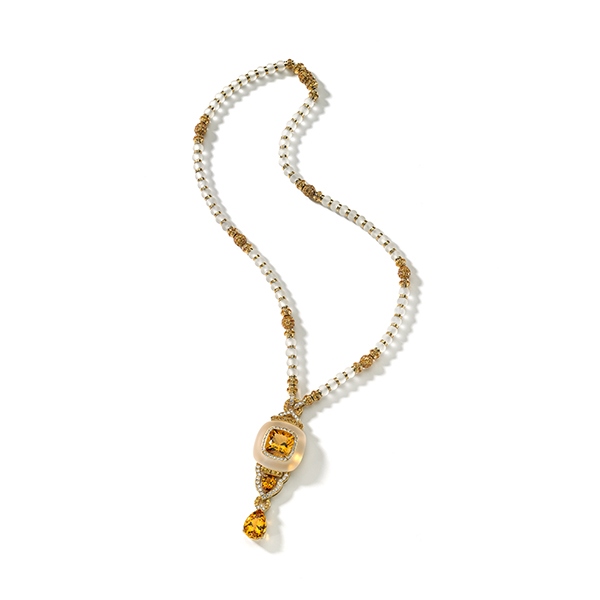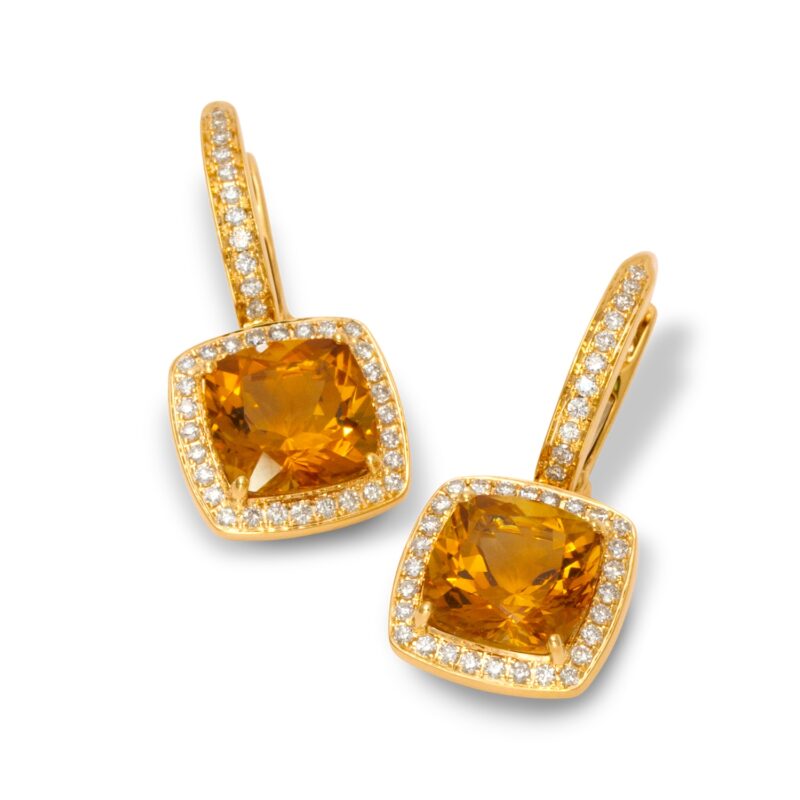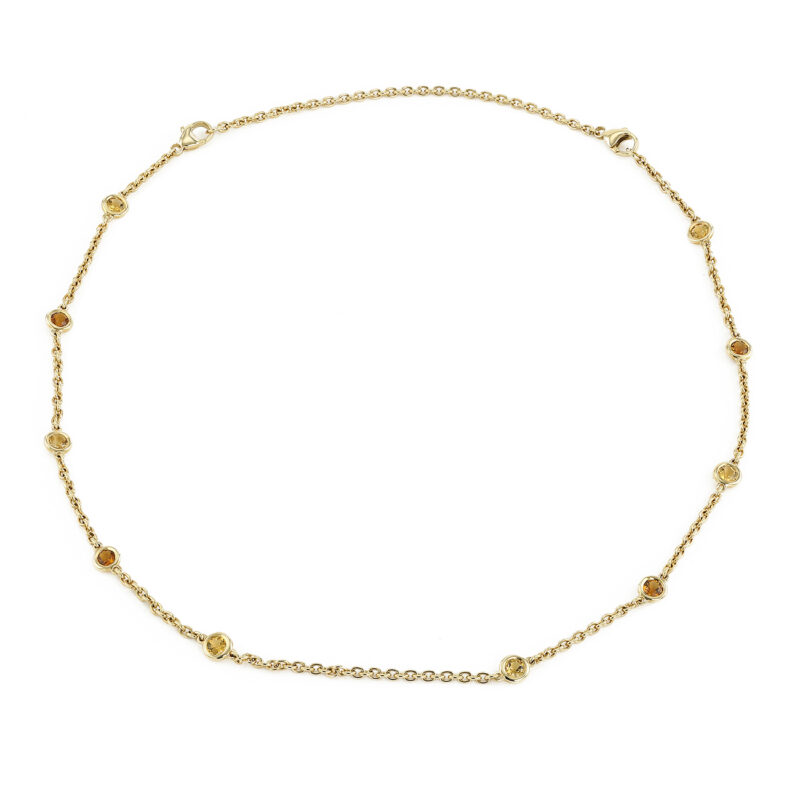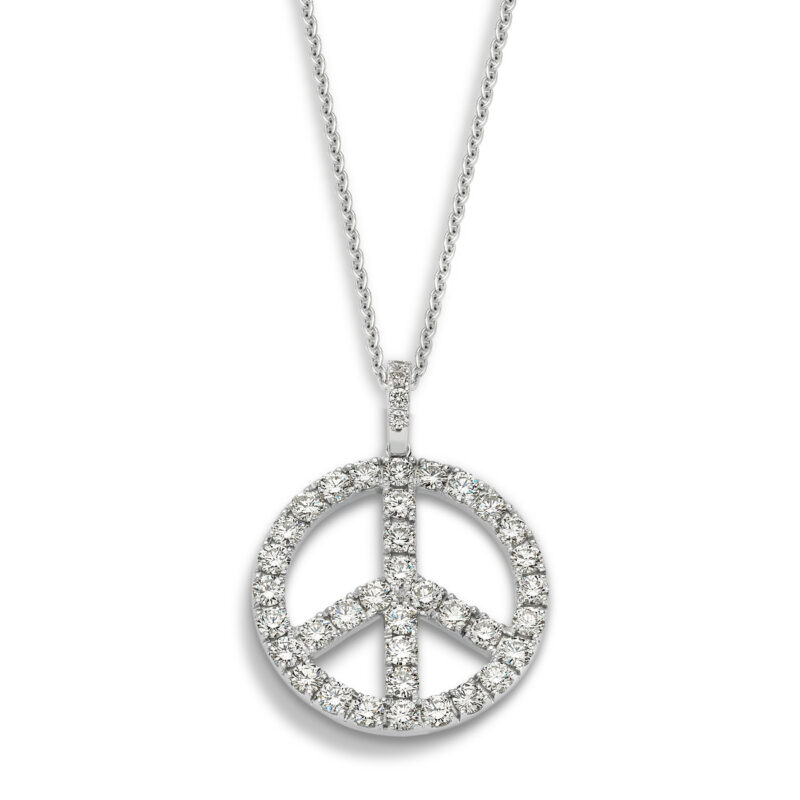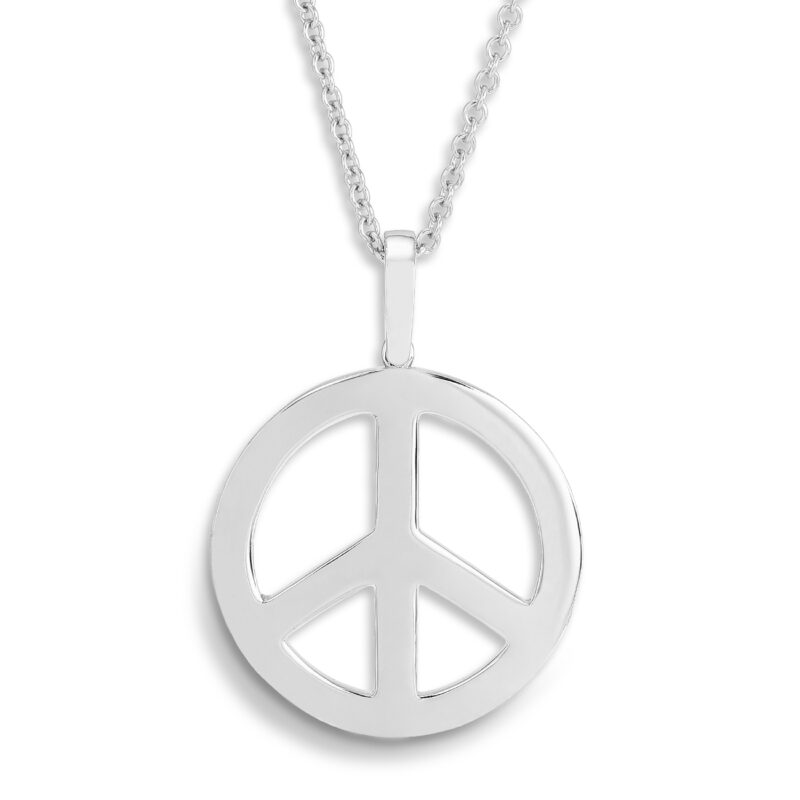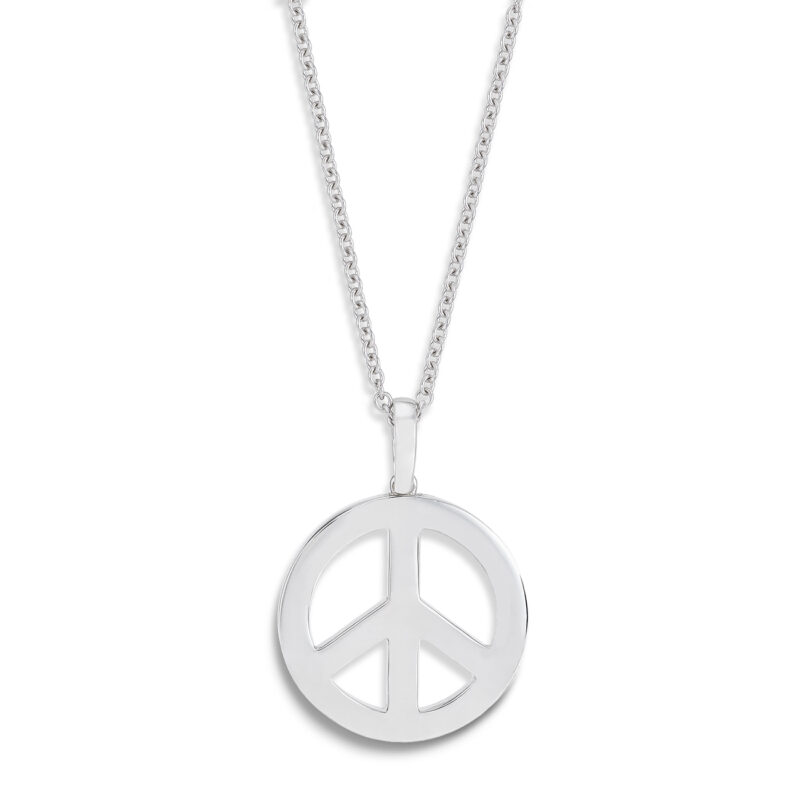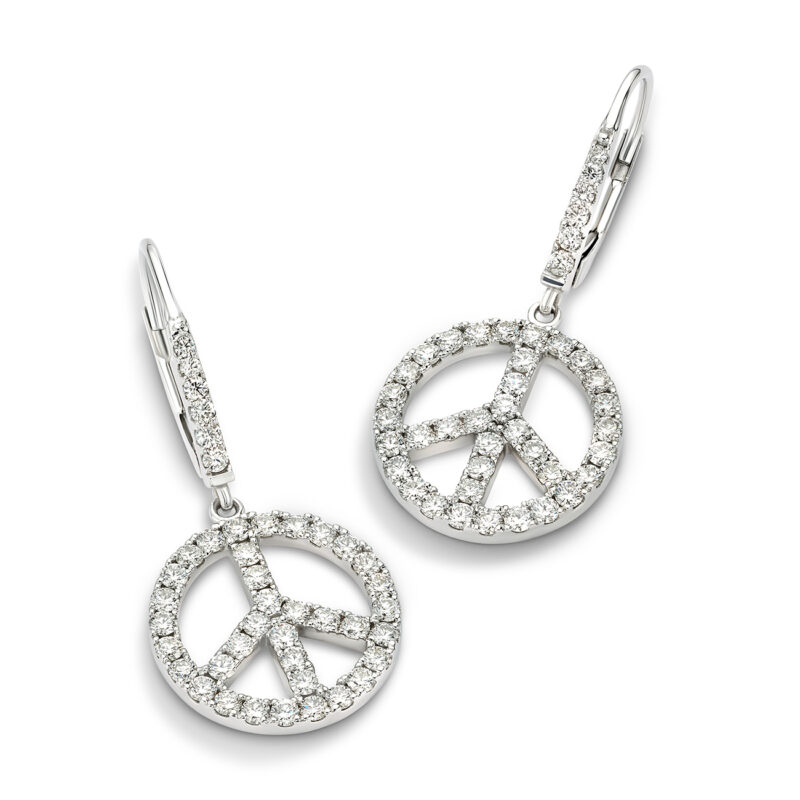November birthdays are celebrated with topaz and citrine. Topaz has a selection of colors and citrine is praised for its warm yellow and orange tones. Topaz and citrine are both said to bring calm energy and fortune to their recipients. They are both good-quality gems that are reasonably priced since they are not as rare as several of their counterparts meaning more options for November babies.
Topaz
Topaz has a variation of hues including light blue, colorless, yellow, orange, pink, violet, brown, and very seldom red. Blue Topaz is often the result of vastly treated colorless topaz using irradiation and heating. “Mystic Topaz” produces a rainbow effect that is generated by coating colorless topaz with a thin fabricated film.
It is believed by some that the word “topaz” derives from the Sanskrit word tapas, which means “fire.” Ancient Greeks had faith that topaz gave them strength and during the 1300 to 1600s Europeans thought it could circumvent magic spells and eliminate anger. For many centuries, several people in India presumed when topaz was worn above the heart it brought long life, attraction, and intelligence.
High-quality topaz of many colors has been mined in a state in Brazil for more than two centuries called Minas Gerais and in a nearby town called Ouro Preto. Pink topaz has been vastly produced in Northwestern Pakistan, but the most sought-after hue of pink topaz is from a small town of Katlang. Some refer to it as cyclamen pink which has a violet pigment and is very rarely found. Other topaz sources include Nigeria, Madagascar, Namibia, Mexico, Myanmar, Sri Lanka and the United States.
Blue topaz is also given on the fourth wedding anniversary and imperial topaz is gifted when celebrating the 23rd wedding anniversary. When cleaning your topaz, a mild soap is the safest way to keep it clean.
Citrine
Citrine has been used in jewelry for thousands of years and has been popular since ancient times. It was oftentimes mistaken for other types of gems including the other November birthstone, topaz. Like topaz, several believe this birthstone can lull tempers and bring calmness.
The word citrine is believed to derive from the French word Citron meaning lemon. Most of the citrine pieces that are sold today are results from the heat treatment of amethyst. Amethyst that is usually heat-treated to generate the citrine color is mostly mined in Brazil but also sourced from Bolivia, Spain, Madagascar, Mexico, and Uruguay.
Citrine is also given in honor of the thirteenth wedding anniversary. Citrine can be cleaned in an ultrasonic machine, but it is risky to steam clean it since the high heat could cause your stone to crack. It can also be safely cleaned with warm, soapy water.
